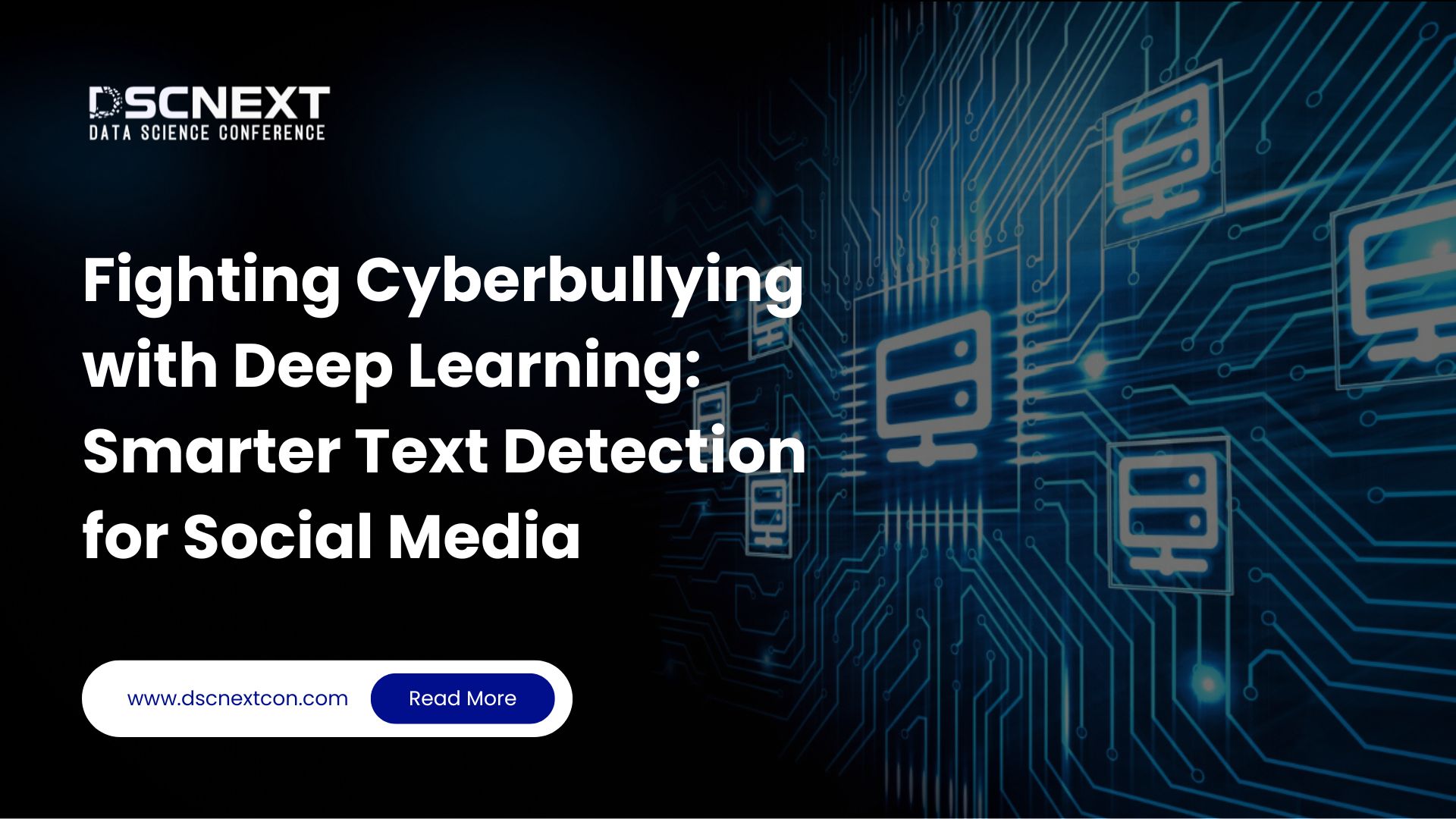
Discover how deep learning models like BERT and LSTM are revolutionizing cyberbullying detection on social media through smarter, automated text analysis.
The Growing Threat of Cyberbullying
Cyberbullying has become a serious issue across social media platforms, particularly affecting adolescents and young adults. The high volume of user-generated content makes manual moderation unrealistic, calling for automated solutions. Deep learning, with its ability to understand complex text patterns, has emerged as a powerful tool in detecting harmful online behavior.
Deep Learning Models for Detection
Various deep learning architectures have been employed to identify cyberbullying. Convolutional Neural Networks (CNNs) are particularly effective at extracting local textual patterns, such as offensive keywords or slurs. Recurrent Neural Networks (RNNs) and Long Short-Term Memory (LSTM) models excel in understanding the sequence and flow of words, making them suitable for analyzing longer posts or comments. Bidirectional LSTM (BiLSTM) takes this further by processing text in both forward and backward directions, which enhances contextual understanding. Most notably, transformer models like BERT use self-attention mechanisms to capture the full context of a sentence and have set new standards in text classification tasks. For instance, BERT has demonstrated 87.3% accuracy on Facebook comment datasets, surpassing hybrid CNN-LSTM models that scored 86.5%.
Preprocessing and Feature Engineering
The effectiveness of deep learning depends heavily on how well the input data is prepared. Text normalization is a crucial step, where noise is removed, spelling is corrected, and emojis or special characters are handled to standardize the text. To address the issue of imbalanced datasets—since bullying content is typically underrepresented—methods like random oversampling are applied. Additionally, advanced feature selection techniques such as Binary Coyote Optimization (BCO) and Salp Swarm Algorithm (SSA) are used to identify the most informative features, which significantly boosts model performance.
Performance and Key Challenges
Deep learning models have consistently outperformed traditional machine learning techniques like SVM and KNN, achieving accuracy levels as high as 96% in certain studies. However, some challenges persist. Overfitting remains a major concern, as models may memorize training data instead of learning generalizable patterns, reducing their effectiveness on new content. Another issue is bias—automated systems can inadvertently reflect prejudices present in the training data, leading to unfair moderation outcomes. Ethical AI development and continuous monitoring are crucial in this regard. Furthermore, cross-platform generalization is limited; a model trained on Twitter data may not perform well on YouTube or Instagram, highlighting the need for adaptable and platform-independent solutions.
Conclusion
Deep learning-based text analysis is proving to be an effective solution for detecting cyberbullying on social media. By leveraging powerful models such as CNNs, LSTMs, BiLSTMs, and transformers like BERT, platforms can identify and mitigate harmful content with remarkable accuracy. As research continues, future efforts will focus on improving model generalization, ensuring fairness, and incorporating multimodal data—such as images and user profiles—for even more robust detection systems.
What’s Next: DSC Next 2026
The future of AI in cyberbullying detection and ethical text analysis will be a key focus at DSC Next 2026, a global conference on data science and communication. Leading experts will discuss innovations in NLP, platform-agnostic detection models, and responsible AI practices. To explore more, visit DSC Next.
References
Cyberbullying Detection in Social Networks Using Deep Learning – IAJIT

